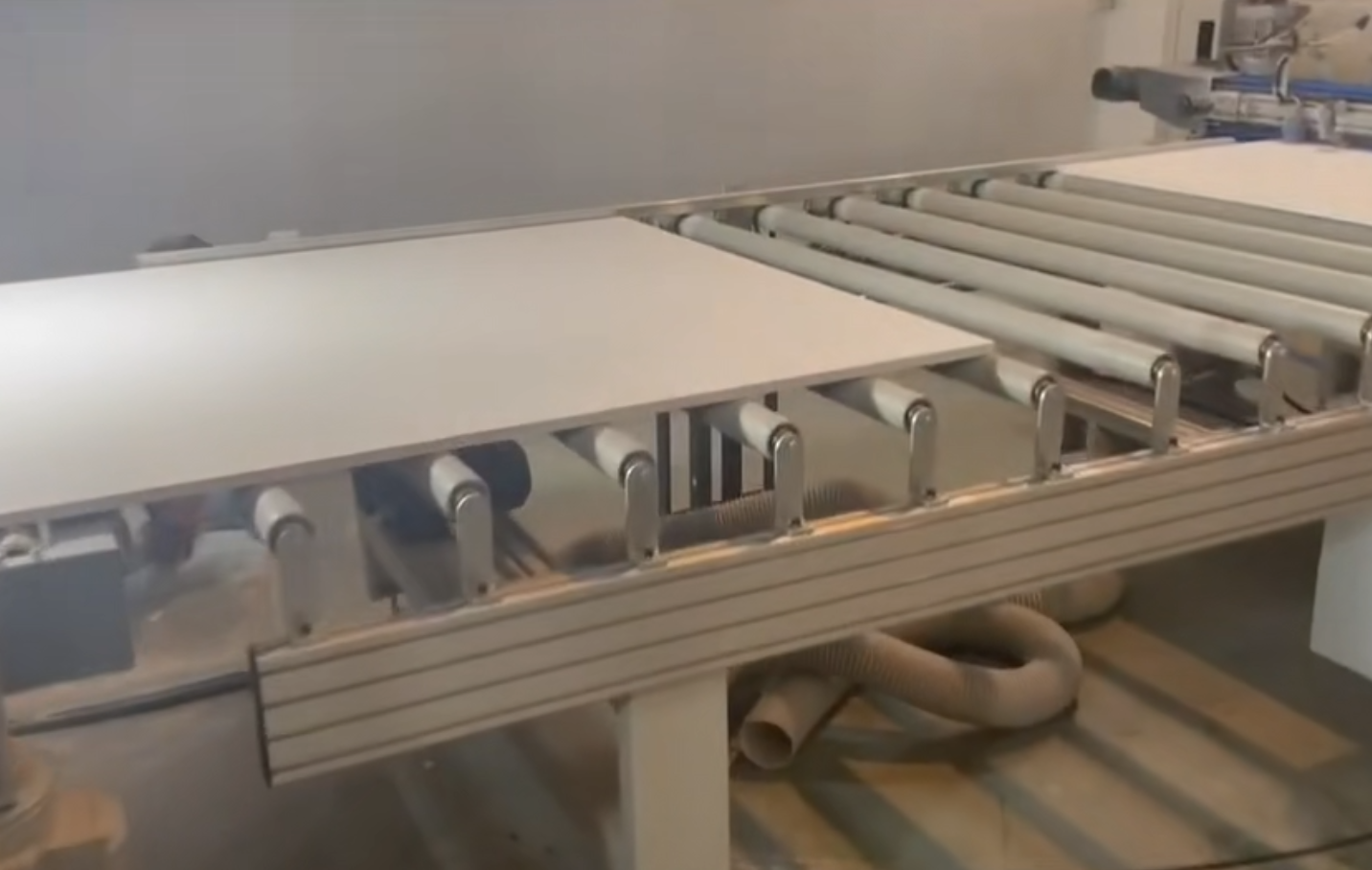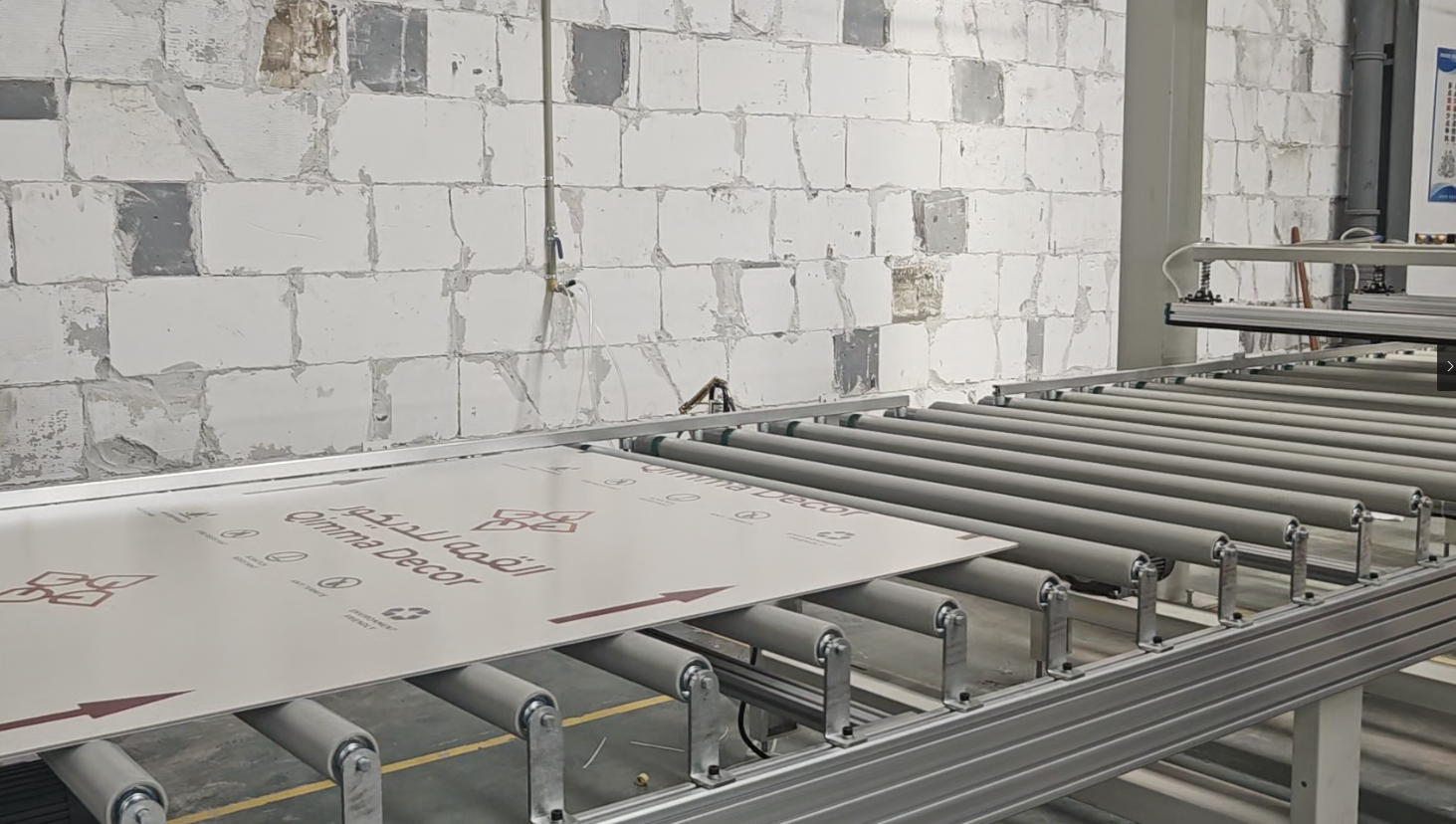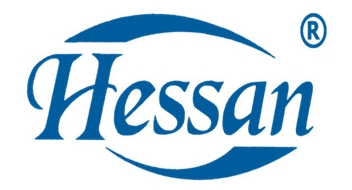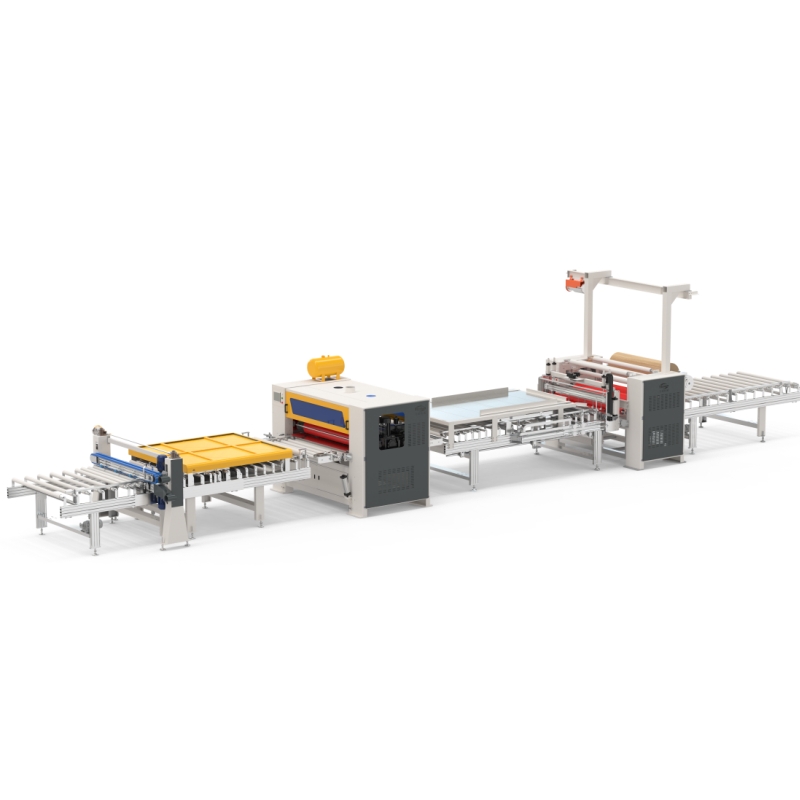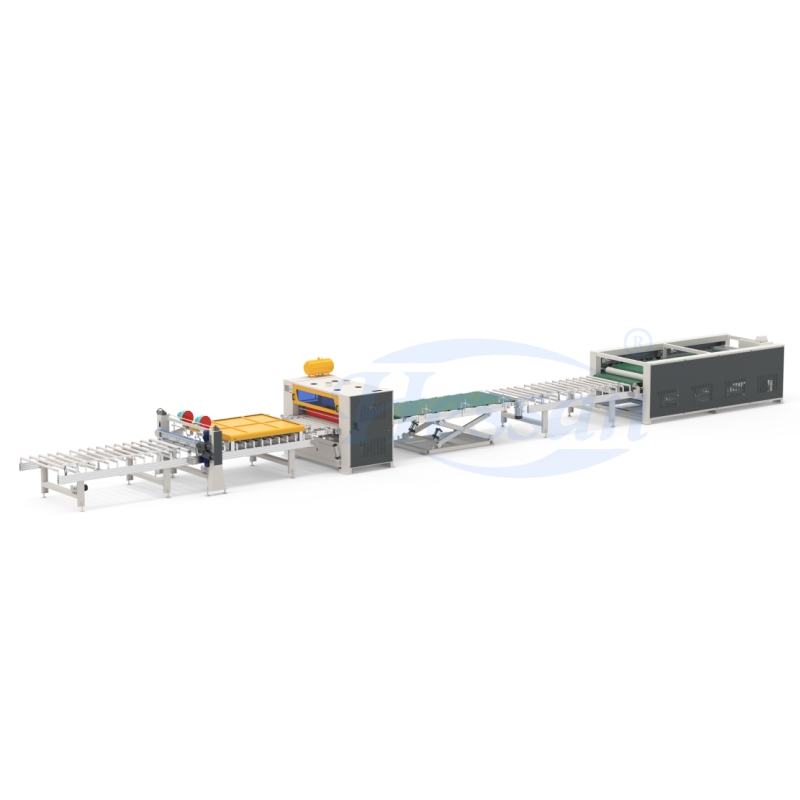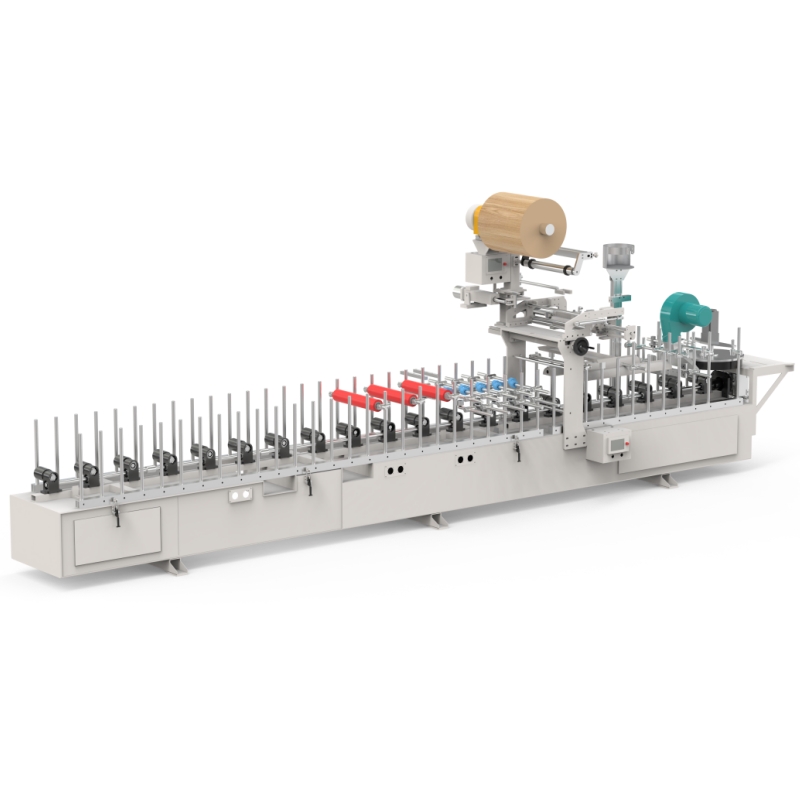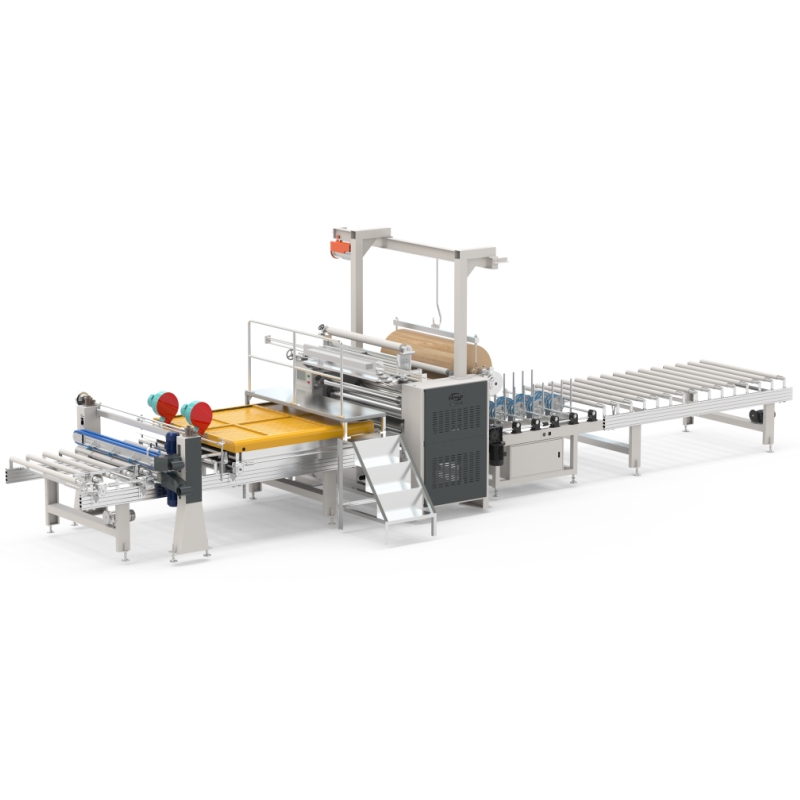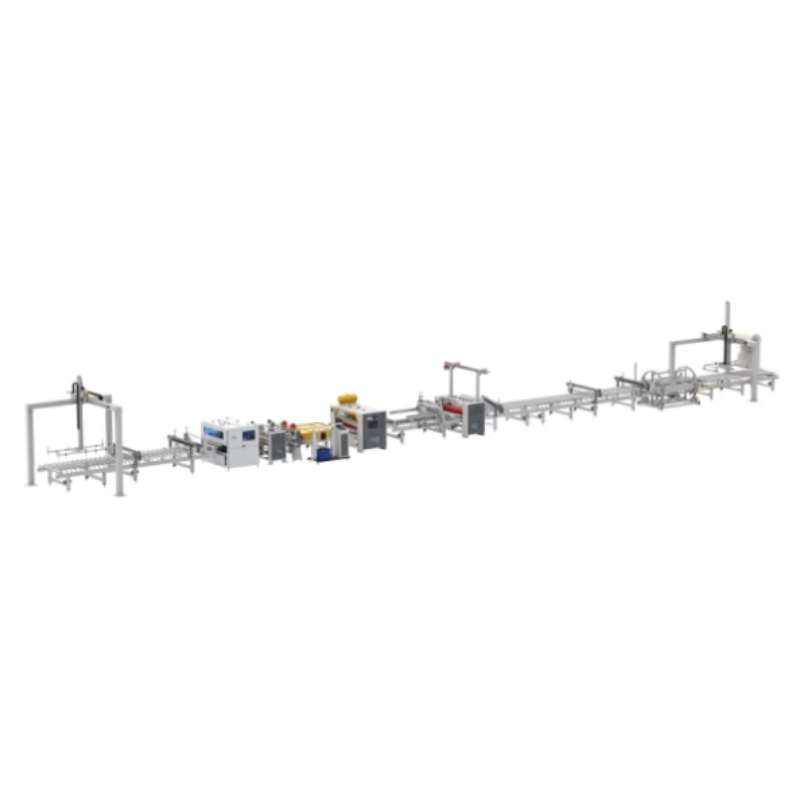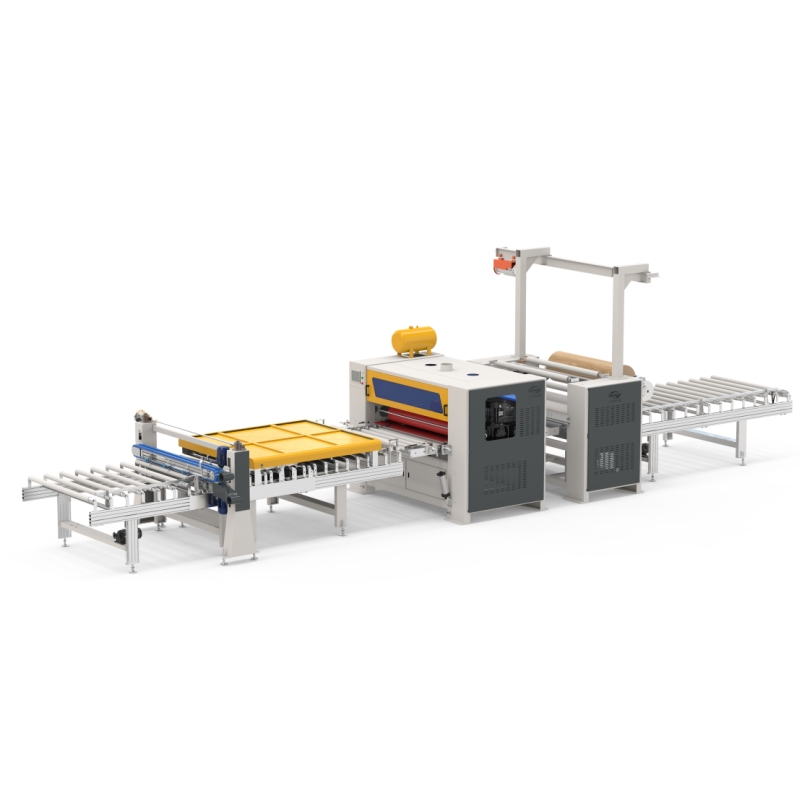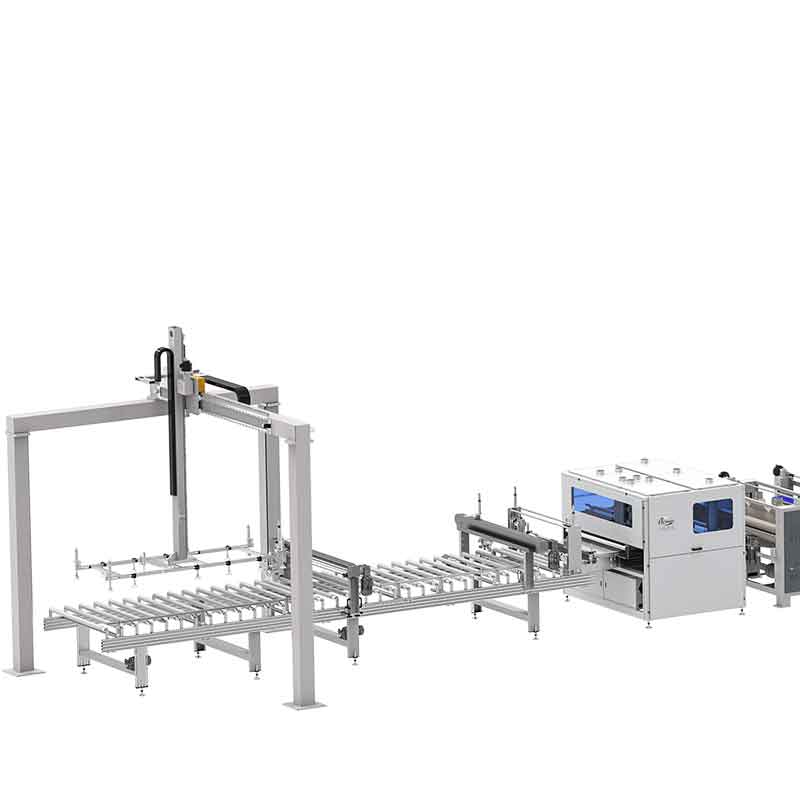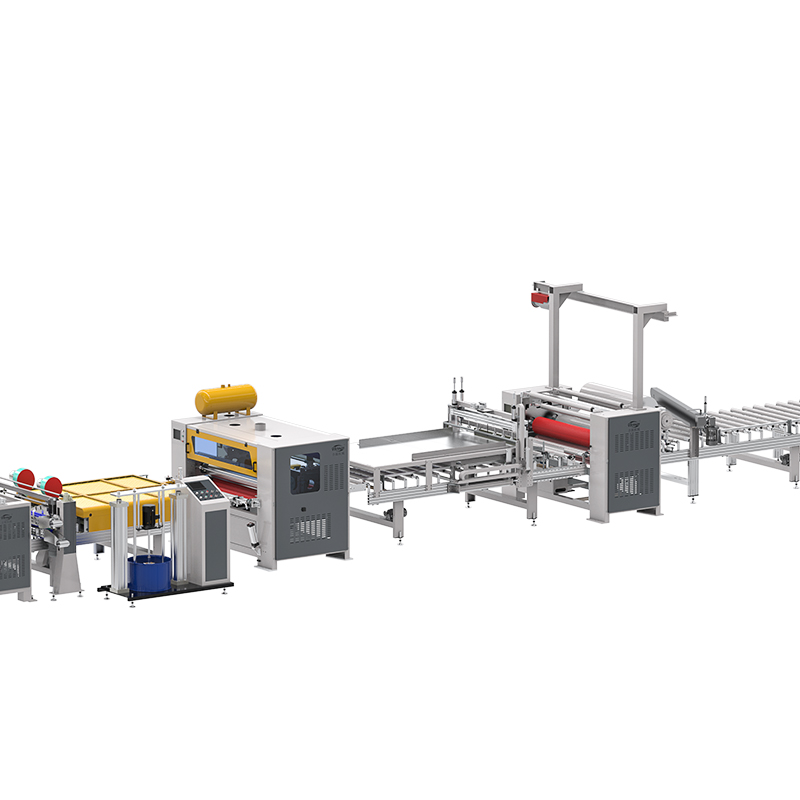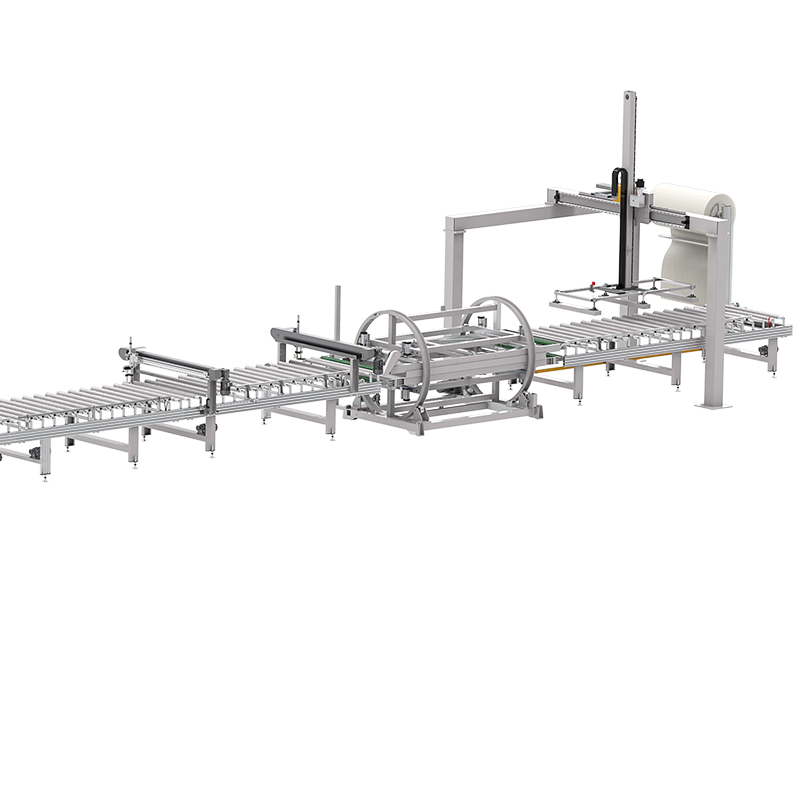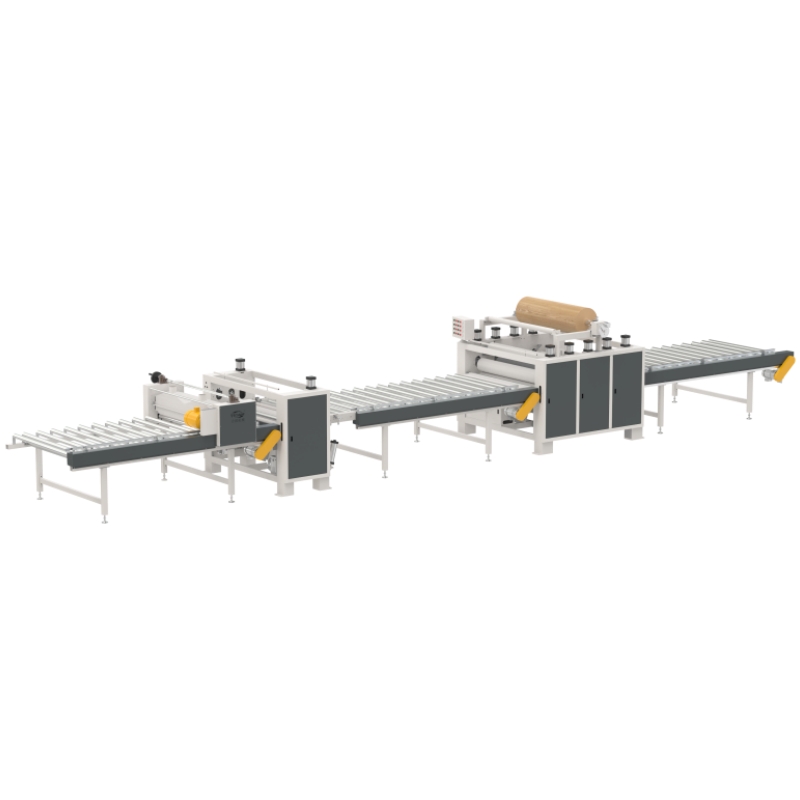In the realm of panel processing, achieving a flawless, durable surface finish using PET
laminating on substrates like MDF (Medium-Density Fiberboard) and Particleboard is a primary goal.
A crucial step often questioned, yet absolutely vital before the panels enter the flat laminating machine,
is sanding. But why is this abrasive process so essential? Let's delve into the reasons sanding is
indispensable for successful flat lamination.
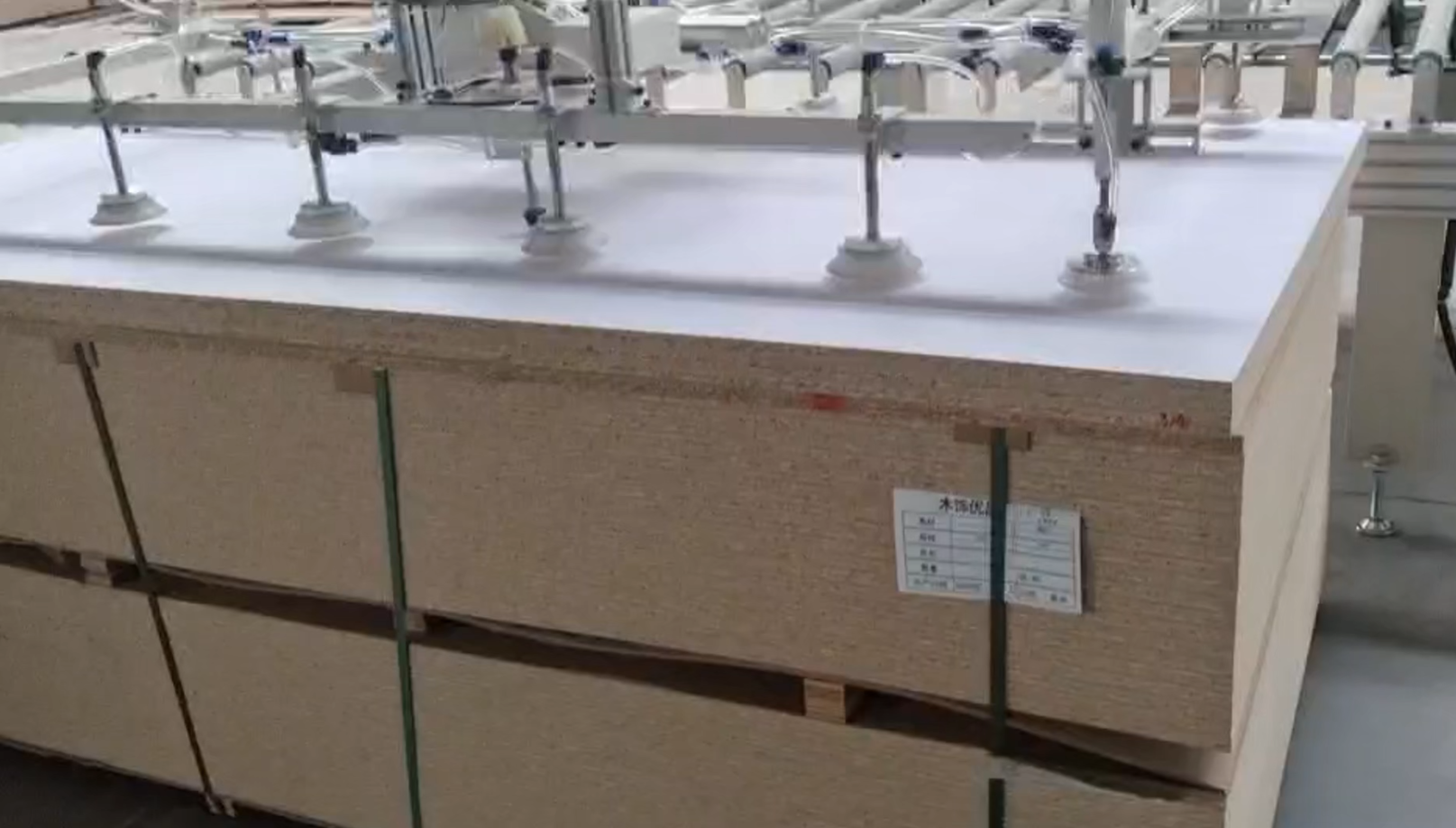
Creating the Perfect Canvas for Adhesion:
The raw surface of MDF or Particleboard is never truly smooth or
uniform at a microscopic level. It contains minute peaks, valleys, pores, loose fibers, and potential
contaminants like release agents or dust from handling. A flat laminating machine applies adhesive and
presses the PET film onto this surface with heat and pressure. If the surface is uneven or contaminated,
the adhesive cannot form a continuous, intimate bond. Sanding levels these micro-peaks, opens the
surface pores slightly, and removes contaminants, creating a clean, uniformly textured profile.
This dramatically increases the effective surface area and allows the adhesive to "key" into the substrate,
forming a far stronger mechanical bond essential for durable PET laminating.
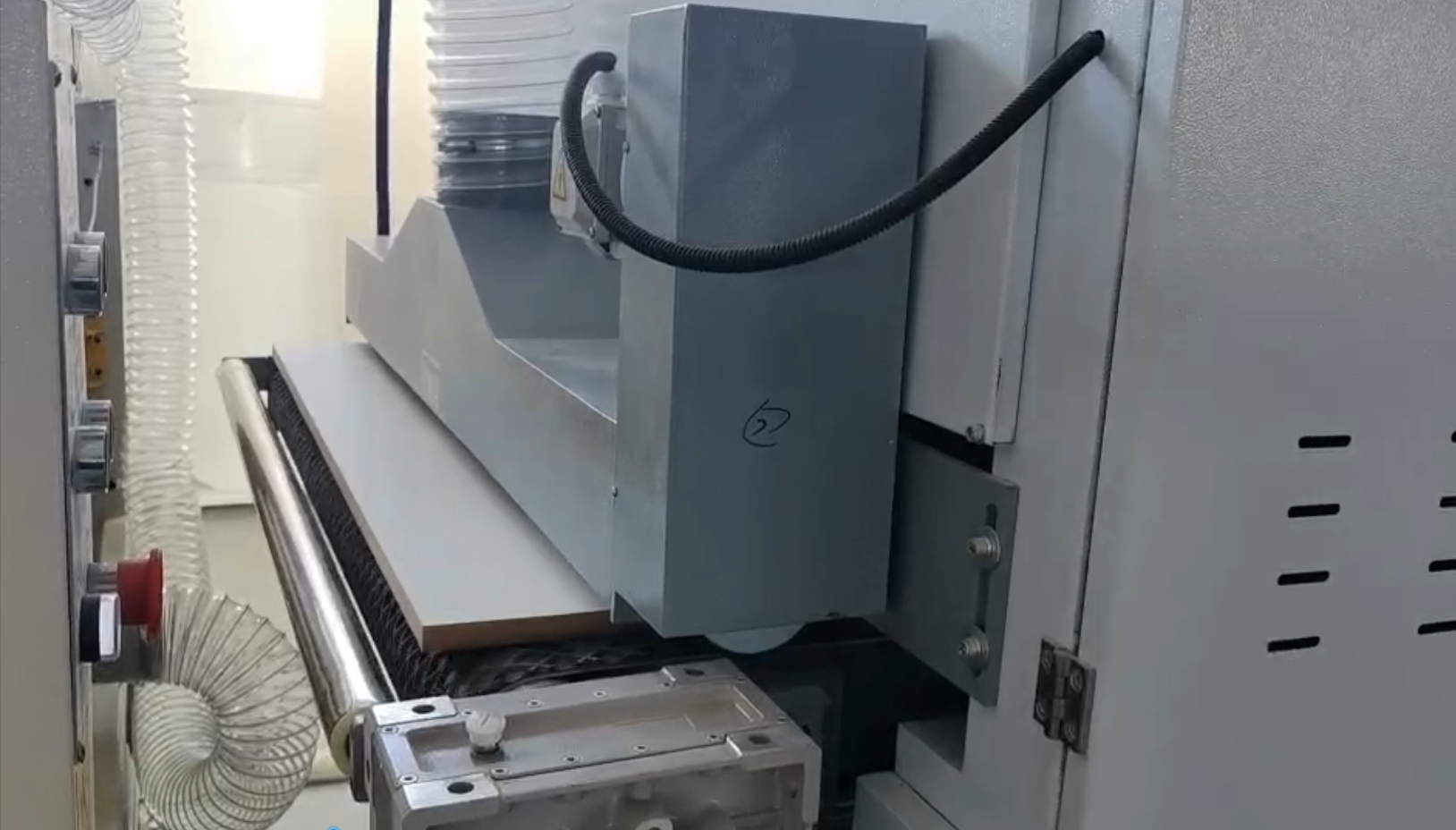
Ensuring Perfect Flatness (Planarity):
While MDF and Particleboard are engineered for relative flatness,
minor deviations, machining marks (e.g., from sawing or planing), or surface irregularities like glue spots
or compressed areas can occur. A flat lamination line relies on consistent, high pressure to activate the
adhesive and bond the PET film smoothly. Any bumps, dips, or inconsistencies on the substrate surface
will telegraph through the thin PET film after lamination, creating visible defects like bumps,
bubbles (especially over low spots where adhesive doesn't contact), or an uneven gloss. Sanding effectively
levels these minor imperfections, ensuring the substrate is truly planar. This allows the flat laminating
machine to apply uniform pressure across the entire panel surface, resulting in a perfectly smooth,
defect-free laminate finish.
Optimizing Glue Absorption & Film Contact:
Unsanded MDF and Particleboard surfaces can have variable
absorption rates. Some areas might absorb adhesive excessively, starving the bond, while denser or sealed
areas might resist absorption, leading to poor adhesion. Sanding creates a consistent surface texture across
the entire panel. This consistency ensures the adhesive is absorbed uniformly to the optimal depth, promoting
a reliable bond without excessive soak-in or pooling. Furthermore, the uniform micro-texture created by
sanding allows the PET film, under the pressure of the flat laminating machine, to conform perfectly to the
substrate surface, eliminating microscopic air pockets that could become failure points later.
The Cost of Skipping Sanding:
Neglecting sanding before PET laminating is a high-risk gamble:
Poor Adhesion: The laminate is prone to peeling, delamination, or edge lifting, especially under thermal
stress or humidity changes.
Surface Defects: Bumps, bubbles, telegraphing of substrate imperfections, and an uneven appearance
will ruin the aesthetic quality.
Wasted Materials: Reject panels mean wasted PET film, adhesive, substrate, labor, and machine time – costs
far exceeding the sanding operation.
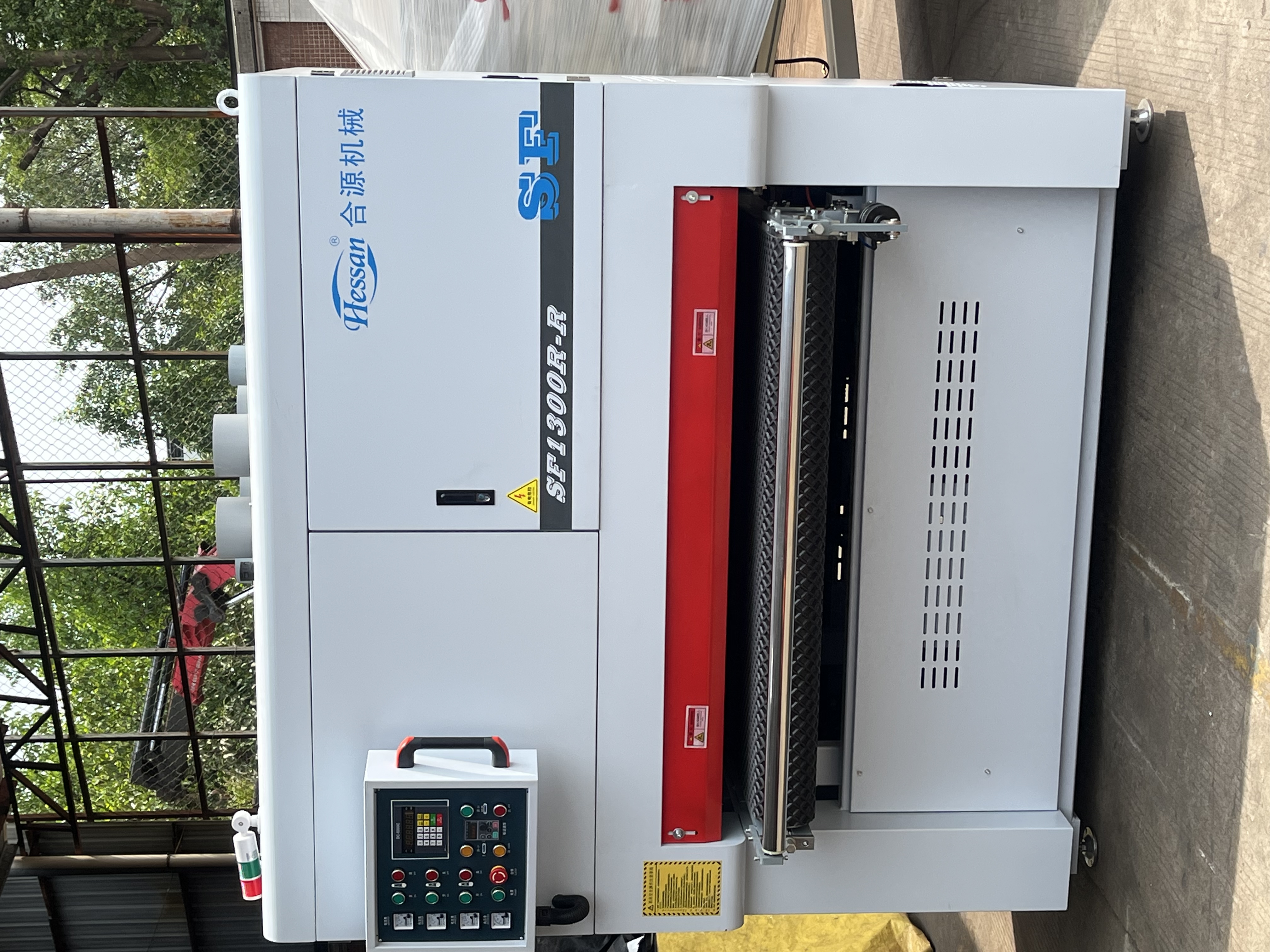
Reduced Durability: The finished product will be more susceptible to damage and wear at the bond line.
The Sanding Process in the Flat Lamination Line:
Sanding is typically integrated early in the flat lamination line, often as the first major operation after panel
conditioning (like moisture equalization). It involves passing the MDF or Particleboard panels through
wide-belt sanders using progressively finer grits (e.g., starting with P80-P120 for leveling, finishing
with P150-P240 for a fine, uniform key). Crucially, effective dust extraction immediately follows sanding to remove all abrasive residue before the panel proceeds to glue application and the flat laminating machine.
Conclusion:
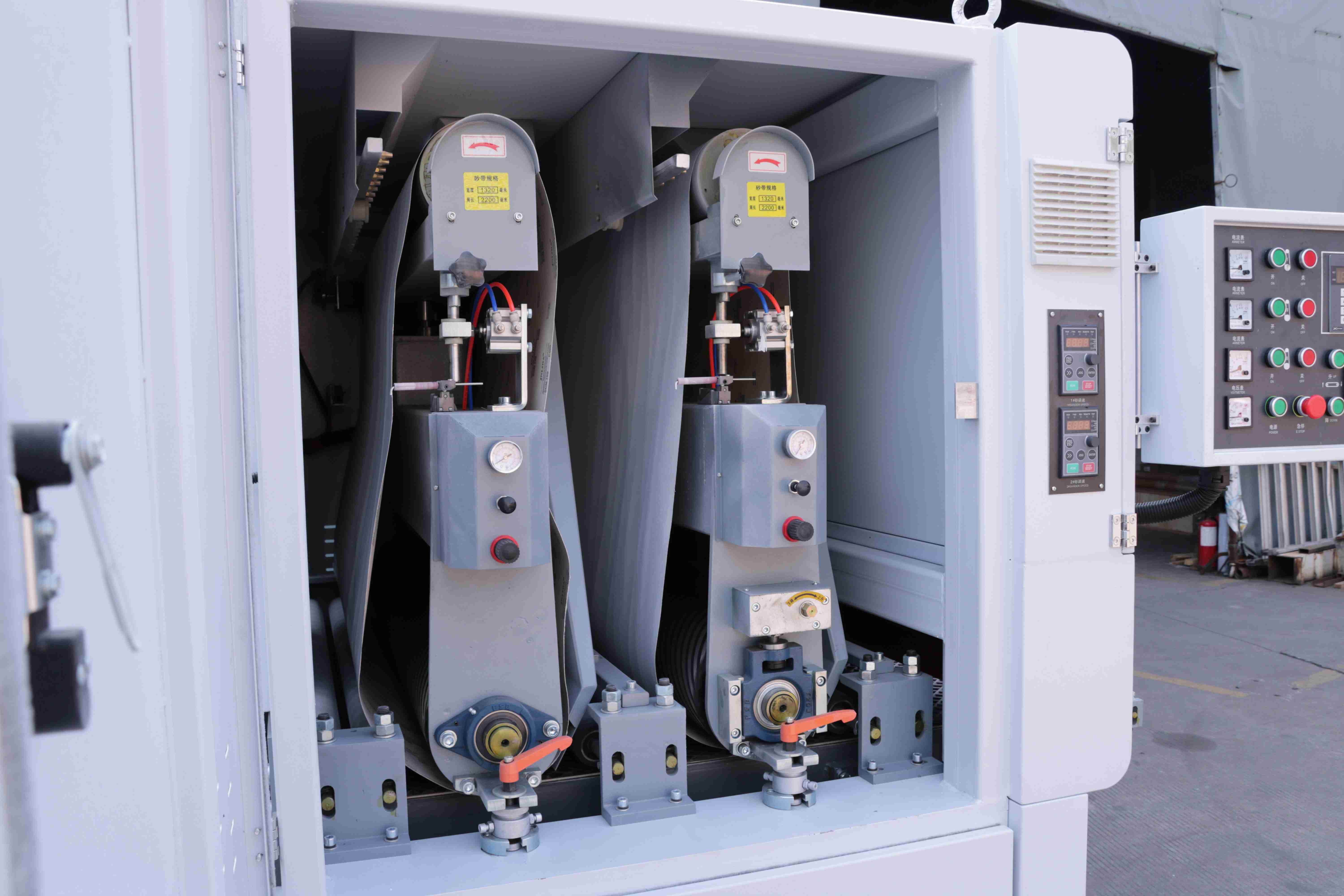
Sanding MDF and Particleboard substrates is not merely an optional step; it is the fundamental
foundation for achieving high-quality, durable, and visually perfect PET laminating results using
a flat laminating machine. It transforms the raw panel surface into an optimal, receptive canvas by
ensuring perfect flatness, maximizing adhesive bond strength, and eliminating contaminants.
Integrating precise sanding into the flat lamination line is a critical investment in product quality, yield,
and customer satisfaction. Skipping this essential grit guarantees costly failures down the line.
